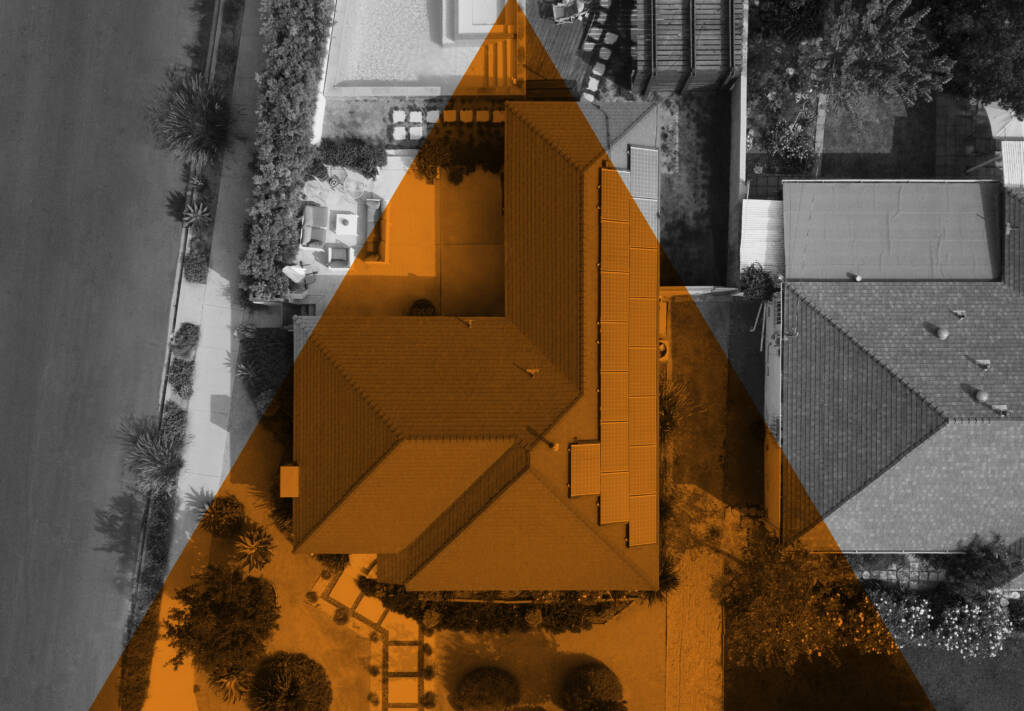The installation process begins with a site preparation phase, ensuring the roof or designated installation area is ready to support the solar panels. This includes cleaning the surface, making necessary repairs, and installing mounting structures that align with the system design. Once the mounting system is securely in place, the solar panels are carefully installed, ensuring optimal orientation and tilt to maximize sun exposure..
“Solar: The smart, sustainable choice for tomorrow’s energy needs.”
Next, inverters, which convert the direct current (DC) generated by the panels into usable alternating current (AC) for your home or business, are installed and connected to the panels. Depending on your system, microinverters may be installed at each panel, or a central inverter will be positioned near your main electrical setup.


The system is then connected to your electrical grid or energy storage solution, such as a battery, by a licensed electrician. This involves integrating a solar power meter, ensuring compliance with local regulations, and configuring the system to seamlessly work with your existing infrastructure.
After the physical installation, a thorough inspection and quality check are conducted to confirm that all components are securely installed and functioning as expected. The final step involves setting up monitoring systems, allowing you to track energy production and usage in real-time. Once all systems are verified, the solar setup is activated, and your transition to renewable energy begins.
